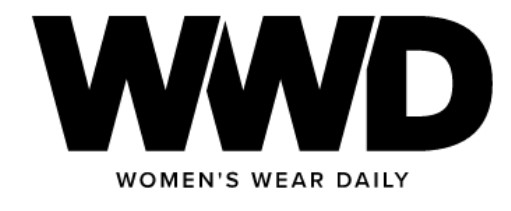
By: Evan Clark | Link to article
The retailer came in at the high end of its outlook with a modest sales decline from the very strong season in 2021.
American Eagle Outfitters Inc. is coming out of the holiday season with revenues and profits on track to hit the high end of its projections.
But sales still showed a modest decline from a year earlier as the consumer mentality shifted from have-to-buy-before-it’s-all-gone to something more cautious given inflation and the threat of recession.
The retailer, which is parent to American Eagle and Aerie, said its fourth-quarter brand revenues were down about 3 percent as of Saturday. That puts the company, which projected in November that revenues would be down by midsingle digits, at the higher end of its guidance. By brand, the third-quarter trends carried over into the fourth quarter, which has Aerie leading the way. AEO’s Quiet Logistics business is expected to add 2 percentage points to its fourth-quarter brand revenue.
The company also sees gross margins coming in at the high end of its guidance, set at 32 to 33 percent in November.
Jay Schottenstein, AEO’s executive chairman and chief executive officer, said: “Following record performance last year, we achieved our second highest holiday sales period in company history. I am pleased with results across our brands, and to see profit margins tracking at the high end of our expectations, powered by excellent inventory management and promotional discipline.
“Looking ahead, we are focused on delivering a leading customer experience across brands, while prioritizing free cash flow and shareholder returns,” Schottenstein said.
Inventories at the end of the quarter are expected to be down compared with a year earlier.
That reflects the much more cautious stance the industry is taking heading into 2023.
The question that remains is just how much inventory is left in the overall retail system — and that will become clearer as more retailers weigh in with holiday results.
In holiday 2021, COVID-19 supply chain backups caused out-of-stocks that helped spur shoppers to buy at full price. Last year, merchants stocked up only to find the consumer had cooled.
